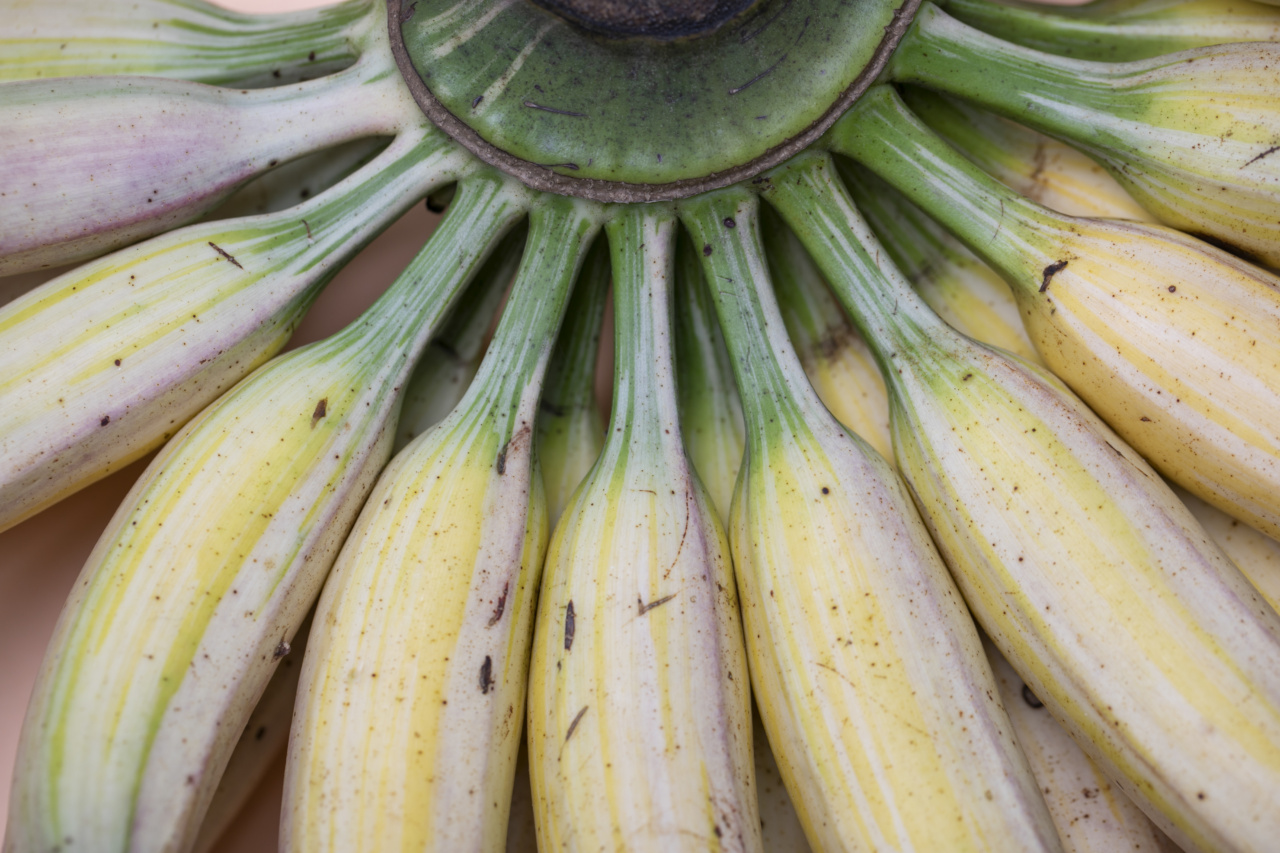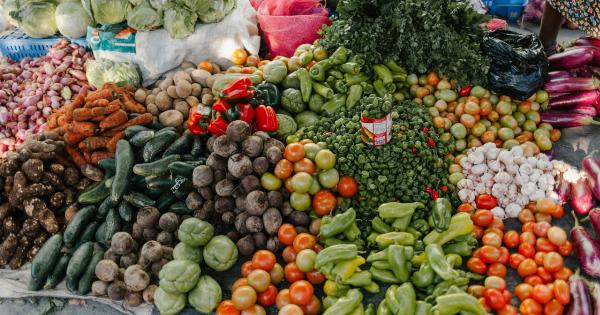Sugar, the sweet substance that adds flavor to our food and drinks, is loved by many. However, excessive consumption of sugar has been linked to various health issues, including obesity, diabetes, and heart disease.
While we are aware of the harms of consuming obvious sources of sugar like candy and soda, what often goes unnoticed are the hidden sugars lurking in many everyday foods and beverages. These hidden sugars can add up quickly and unknowingly contribute to our daily sugar intake. In this article, we will explore the concept of hidden sugar, understand its impact on our health, and learn how to spot it in our diet.
The Dangers of Excessive Sugar Intake
Sugar, when consumed in excess, can wreak havoc on our health. Here are some of the key dangers associated with high sugar intake:.
1. Weight Gain and Obesity
Excessive sugar intake can lead to weight gain and obesity. Sugary foods and beverages are often high in calories and can contribute to an unhealthy caloric surplus.
Furthermore, sugar can disrupt hormones that regulate appetite and satiety, leading to increased food cravings and overeating.
2. Increased Risk of Type 2 Diabetes
Consuming too much sugar on a regular basis can increase the risk of developing type 2 diabetes. When we consume sugar, our blood sugar levels spike, prompting the pancreas to release insulin to help regulate them.
Over time, this continuous demand for insulin can lead to insulin resistance, a precursor to type 2 diabetes.
3. Cardiovascular Disease
Studies have found a correlation between high sugar intake and an increased risk of cardiovascular diseases, such as heart disease and stroke.
Excessive sugar consumption has been linked to high blood pressure, inflammation, unhealthy cholesterol levels, and obesity, all of which can contribute to cardiovascular problems.
4. Dental Problems
Sugar is a major culprit when it comes to dental issues. Consuming sugary foods and drinks provides fuel for harmful bacteria in the mouth, leading to tooth decay, cavities, and gum disease.
5. Nutritional Deficiencies
High sugar diets often lack essential nutrients. When we consume a large amount of sugar, we may feel full and satisfied, leading to a decreased appetite for healthier, nutrient-dense foods.
This can result in nutritional deficiencies, as our bodies are not receiving the necessary vitamins, minerals, and fiber.
Identifying Hidden Sugar on Nutrition Labels
The first step in combating hidden sugar is to become a savvy label reader. Although nutrition labels can be confusing, they provide valuable information about the sugar content in a particular product. Here’s what to look for:.
1. Check the Ingredient List
Ingredients on food labels are listed in descending order by weight. Keep an eye out for any names that indicate the presence of sugar, such as:.
– Sucrose.
– High-fructose corn syrup.
– Maltose.
– Dextrose.
– Fructose.
– Glucose.
– Galactose.
These are all various forms of sugar. If one or more of these ingredients are listed near the beginning of the ingredient list, it’s an indicator that the product likely contains a significant amount of sugar.
2. Look for Hidden Names
Manufacturers often use alternative names for sugar to throw off consumers. Some common hidden names for sugar include:.
– Agave nectar.
– Cane juice.
– Fruit juice concentrate.
– Maple syrup.
– Molasses.
– Brown rice syrup.
– Honey.
These ingredients may sound more natural or wholesome, but they are essentially just various forms of sugar.
3. Be Mindful of Sugar’s Various Forms
Sugar can take many forms, which may not be obvious to the average consumer. Keep an eye out for these sources of hidden sugar:.
– Barbecue sauce.
– Ketchup.
– Salad dressings.
– Granola bars.
– Yogurt.
– Cereal.
– Flavored coffee drinks.
– Energy drinks.
– Fruit-flavored drinks.
– Sports drinks.
These are just a few examples of products that can contain surprising amounts of added sugar without us realizing it.
Healthier Alternatives to Hidden Sugars
Now that we are equipped with knowledge on how to identify hidden sugars, it’s time to explore alternative options that can satisfy our taste buds without the negative health effects. Here are some suggestions:.
1. Natural Sweeteners
Instead of reaching for refined sugar, opt for natural sweeteners like:.
– Stevia.
– Monk fruit extract.
– Erythritol.
These sweeteners provide a comparable taste without the added calories or impact on blood sugar levels.
2. Fresh Fruits
When craving something sweet, choose whole fruits instead of processed snacks. Fruits contain natural sugars, along with beneficial fiber, vitamins, and antioxidants.
3. Homemade Snacks
Preparing homemade snacks allows you to control the amount of sugar added. Opt for recipes that use healthier alternatives or reduce the sugar content altogether.
4. Mindful Consumption
Practice mindful eating by savoring and truly enjoying each bite. By slowing down and paying attention to our food, we can decrease our cravings for overly sweet treats.
5. Increase Flavor with Herbs and Spices
Spice up your meals or beverages using natural flavor enhancers like cinnamon, ginger, vanilla extract, or mint. These additions can provide a satisfying taste without the need for excessive sugar.
Conclusion
The hidden sugars in our diets can be detrimental to our overall health. By educating ourselves about hidden sugars and learning to identify them on nutrition labels, we can make informed decisions about what we consume.
Don’t let hidden sugars take control of your health; take control of your diet, reduce your daily sugar intake, and choose healthier alternatives. Your body will thank you for it.





























